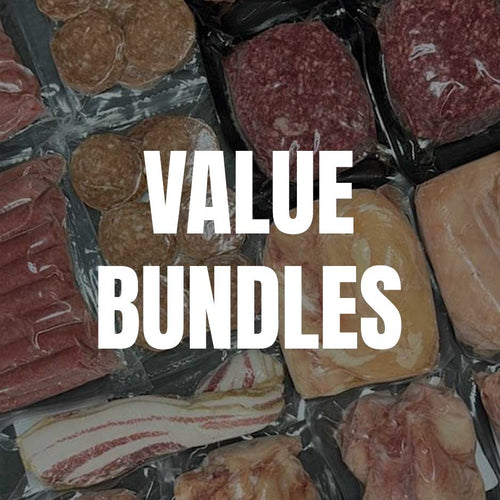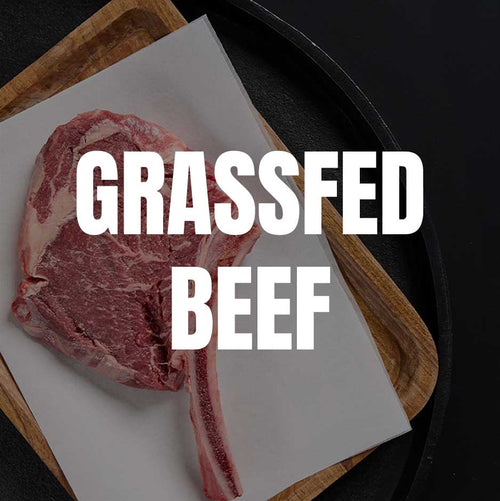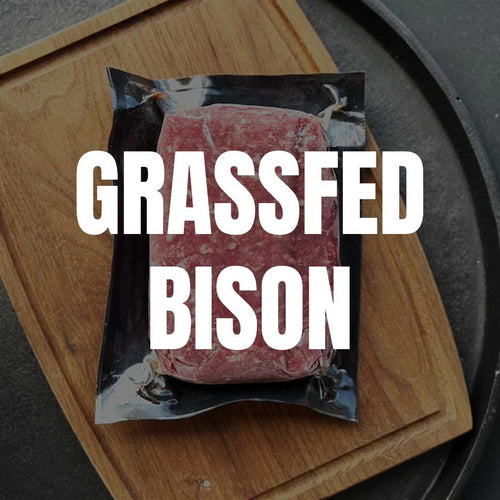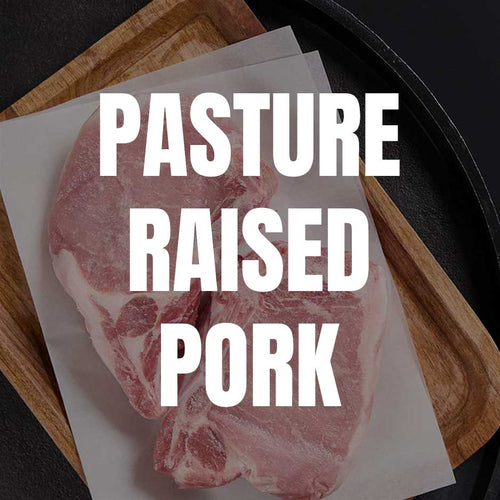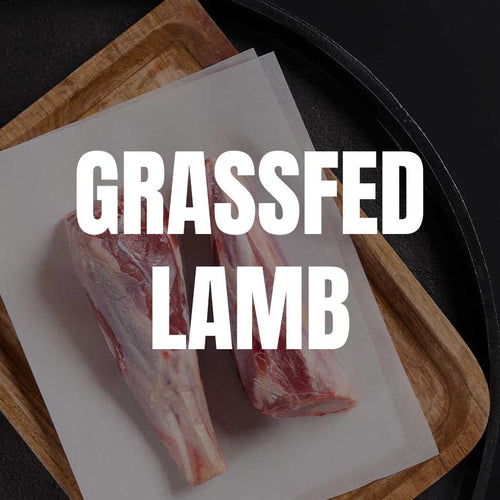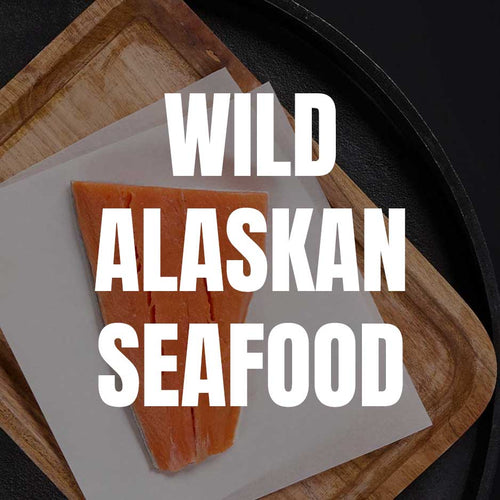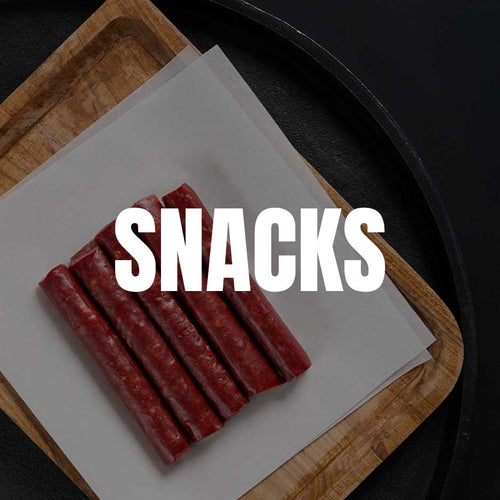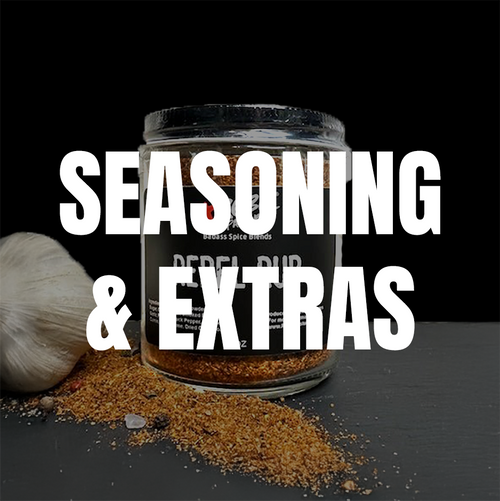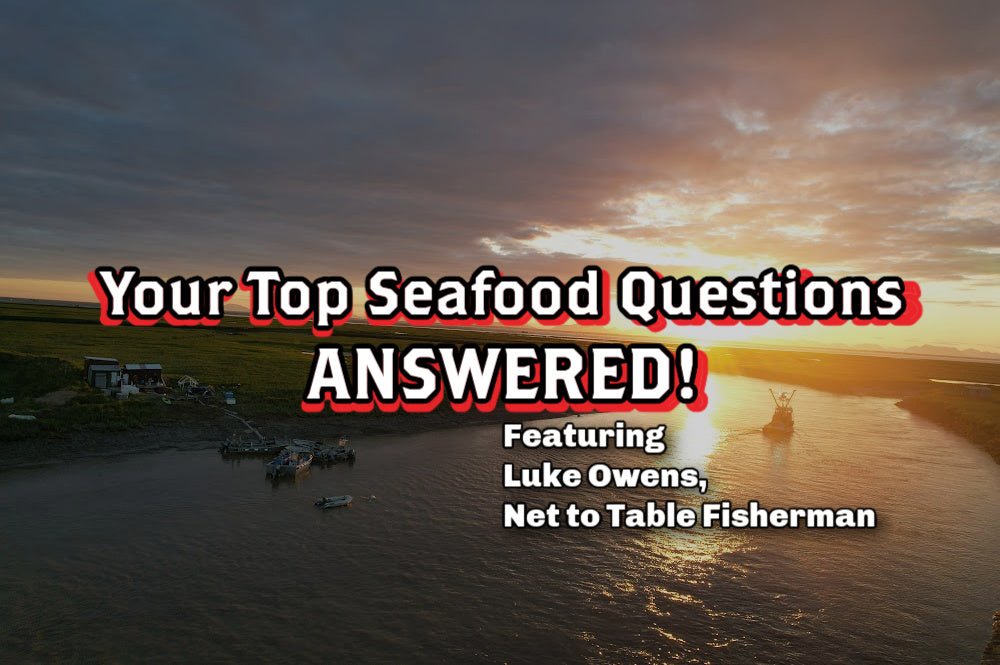
· By Jenni Bajema
Reel Talk: Your Top Questions about Seafood ANSWERED
When it comes to seafood, most people have no idea what they’re really eating—or where it came from. Labels get slapped on. Buzzwords like “sustainable” and “fresh” are thrown around. And in the end, you’re left guessing.
That’s why we partner with Luke and Eliza from Net to Table—a small, independent, family-run fishing operation that actually gives a damn. They fish the way it should be done: responsibly, transparently, and with a deep respect for the ocean.
In this post, Luke answers the most common questions we get about our seafood— If you’ve ever wondered what makes our Net to Table seafood different from every other seafood out there, this is your answer.
Let’s set the record straight. 👇
Table of Contents
- Why is Net to Table Seafoods different than other seafood box companies?
- Is the Fish Fresh or Frozen?
- Why don't you sell Alaskan pollock?
- Is the fish farm-raised or wild-caught?
- What are the portion sizes?
- Is your seafood sushi-grade?
- What are galley cuts?
- Why not just buy seafood at the grocery store or a corporate seafood box company?
- What does your typical day look like on the fishing grounds?
Q: Why is Net to Table Seafoods different than other seafood box companies?
Unlike other seafood companies, we are a small, family run fishing operation. We own our own boats and know exactly where your fish comes from—whether it’s Bristol Bay or elsewhere in Alaska. Most other companies have to sell fish like pollock to hit volume pricing. But pollock are primarily caught by factory trawlers that wreck the ocean floor and kill millions of non-target species—king salmon, halibut, crab, even orcas. As former school teachers in rural Alaskan villages, we know how much the indigenous people and the whole ecosystem relies on this precious resource. We also know the immense nutrition that only comes from wild Alaskan seafood and want to share it with you and your family in the most responsible and sustainable manner so that it is there for us for generations to come.
Q: Is the Fish Fresh or Frozen?
Each order of our wild Alaskan seafood arrives frozen at your door. Surprisingly, flash frozen fish can be the freshest option because it’s frozen right at the peak of its freshness. "Fresh" fish at the grocery store can be anywhere from a few days to a couple weeks old. Spoilage bacteria works that whole time to cause the "fishy" taste and mushy texture that makes people think they don't like seafood. By choosing us, you’re getting the highest-quality seafood that maintains its nutrition, texture, and taste.
Q: Why don't you sell Alaskan pollock?
Net to Table Seafoods founders and owners, Luke and Eliza Owens, are Bristol Bay salmon fishers who depend on a healthy ocean for their livelihood. Alaskan pollock are primarily caught by trawl fishing, which causes immense harm to marine ecosystems by unintentionally killing millions of pounds of salmon, halibut, crab, herring, and even orcas each year. These species, caught as bycatch, are discarded dead, since they cannot legally be sold. As a small, fisherman-owned company, Net to Table Seafoods stands against the pressure to promote the sale of Alaskan pollock, choosing instead to focus on sustainable, responsible fishing that protects the ocean’s delicate balance and provides clean, wild-caught seafood.
Q: Is the fish farm-raised or wild-caught?
Net to Table are the first direct marketers to earn a Responsible Fisheries Management certification and we exclusively source (or catch ourselves) wild-caught fish from sustainably-managed fisheries. While some believe that farm-raised fish is a solution to overfishing, conventional fish farms can actually exacerbate the issue globally. It actually takes 5 pounds of wild fish to produce the feed for one pound of farm-raised fish. As a sustainable seafood provider, we ensure you can conveniently purchase wild salmon and other wild seafood varieties from responsible fisheries.
Q: What are the portion sizes?
Our standard seafood boxes include individually vacuum packed portions that are 5 to 7 ounces per portion of wild Alaskan salmon or white fish, exceeding the FDA's standard 4-ounce serving size for fish. Our smoked salmon and galley cuts come in 7–9 oz packages.
Q: Is your seafood sushi-grade?
Yes! All of our seafood is 100% sushi-grade and makes incredible sushi.
Q: What are galley cuts?
The regular 5–7 oz portions are from the front and middle of the fillet but there is always a tail piece left that is less than 5 oz. We put two or three of these tail pieces in an 8 oz vacuum package and sell them at a discount. They work great for any dish that uses small pieces of fish!
Q: Why not just buy seafood at the grocery store or a corporate seafood box company?
Corporate investors only care about one thing — the bottom line. In many cases that means short cuts in sustainability, traceability and handling of the seafood:
- Sustainability: Less sustainable sources of seafood are cheaper so corporate sellers will generally have less sustainably sourced seafood.
- Mislabeling: When you purchase seafood from a large corporation, that seafood has traded hands many times before it ends up on your table. Using genetic sampling nationwide, Oceana found that about 33% of seafood in the United States is mislabeled and 98% of the time it is mislabeled as a higher value species—such as farm-raised Atlantic salmon labeled as wild sockeye salmon (Oceana Study Reveals Seafood Fraud Nationwide).
- Lower Quality: Seafood is extremely sensitive to mishandling whether by temperature abuse or rough handling. Any temperature abuse or bruising will cause fish to become “fishy” tasting and/or mushy in texture. Most people who don’t think they like fish, just haven’t had high quality fish. Because of all the handling of corporate seafood (much of it overseas) it will always be of lower quality.
As a fisher family and 100% owner of Net to Table Seafoods we don’t have to bend the knee to an investor group. We are committed to valuing every fish, every customer, every time.
Q: What does your typical day look like on the fishing grounds?
For starters, during our Bristol Bay salmon season there is no day or night (although by the end of the season there are a couple hours of darkness every night). Our activities are determined by openers, closures, high tide and low tide. While we are on period fishing (usually an 8 hour period every tide and there are two tides every 25 hours), we usually get ready about an hour before the opener, fish the 8 hour period, deliver fish and come back to the cabin for about 1.5–2.5 hrs to eat and take a nap and then do that all over again. So when we are fishing two 8 hour periods per “day”, we get about 3–4 hours of sleep total broken up between the periods.
Once we are on 24/7 fishing we can make our own schedule which is based on the tide cycles and how many fish are around.
Share:
1 comment
-
Thank you for your hard work and dedication to our world and your customers. The fish we purchase at Rebel is THE best fish we have eaten!
Patricia on


